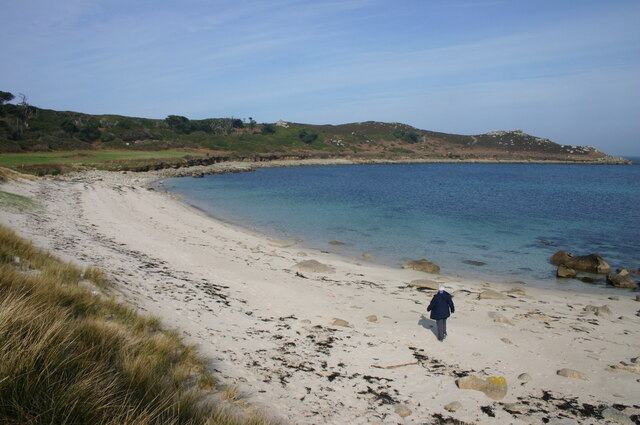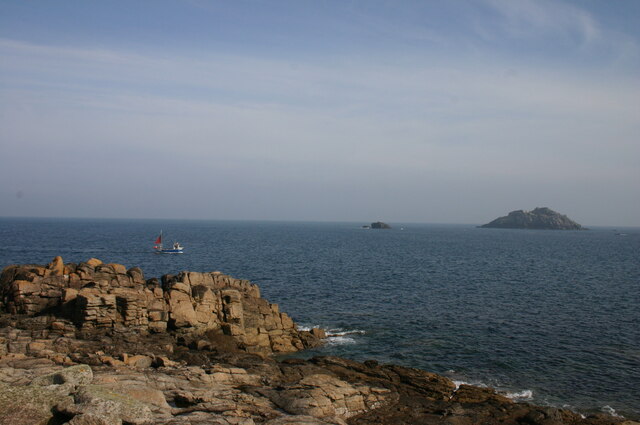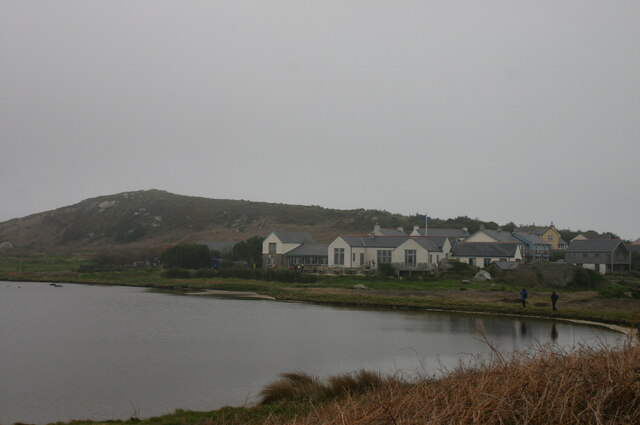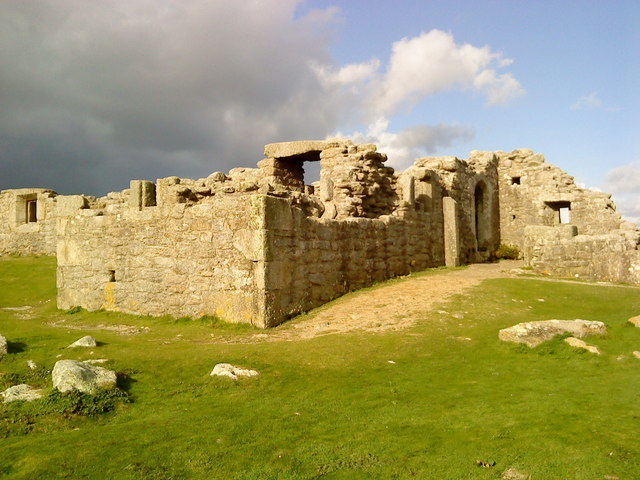Frenchman's Point
Coastal Feature, Headland, Point in Cornwall
England
Frenchman's Point

Frenchman's Point is a prominent coastal feature located in Cornwall, England. Situated on the rugged Atlantic coastline, it stands as a picturesque headland, jutting out into the sea. The point offers breathtaking views of the surrounding landscape and is a popular destination for locals and tourists alike.
The name "Frenchman's Point" is believed to have historical significance, as it is said to have been a lookout point during times of conflict between Britain and France. The headland's strategic location provided an advantageous vantage point for spotting French ships approaching the British coast.
The point is characterized by its distinctive geological formations. Steep cliffs, formed over millions of years through erosion, create a dramatic backdrop against the crashing waves below. The cliffs are made up of a mix of different rock types, including slate and granite, giving them a varied and visually appealing appearance.
Visitors can access Frenchman's Point via a well-maintained coastal path that winds its way along the cliff edge. The path offers stunning views of the surrounding coastline and is a popular spot for keen hikers and nature enthusiasts.
The area surrounding Frenchman's Point is also rich in biodiversity. The cliffs provide nesting sites for various seabirds, including gulls, kittiwakes, and fulmars. The headland is also home to a variety of flora, with colorful wildflowers adorning the cliff tops during the summer months.
Frenchman's Point is a must-visit destination for those seeking natural beauty, historical significance, and an opportunity to immerse themselves in Cornwall's stunning coastal landscape.
If you have any feedback on the listing, please let us know in the comments section below.
Frenchman's Point Images
Images are sourced within 2km of 49.960481/-6.3471164 or Grid Reference SV8815. Thanks to Geograph Open Source API. All images are credited.













Frenchman's Point is located at Grid Ref: SV8815 (Lat: 49.960481, Lng: -6.3471164)
Division: Isles of Scilly
Unitary Authority: Isles of Scilly
Police Authority: Devon and Cornwall
What 3 Words
///means.informs.routs. Near Bryher, Isles of Scilly
Nearby Locations
Related Wikis
Cromwell's Castle
Cromwell's Castle is an artillery fort overlooking New Grimsby harbour on the island of Tresco in the Isles of Scilly. It comprises a tall, circular gun...
Castle Down
Castle Down is a windswept plateau of maritime heath in the northern part of the island of Tresco, Isles of Scilly. The area has a number of designations...
King Charles's Castle
King Charles's Castle is a ruined artillery fort overlooking New Grimsby harbour on the island of Tresco in the Isles of Scilly. Built between 1548 and...
Piper's Hole
Piper's Hole is a sea cave located on Tresco, an island of the Isles of Scilly. The name Piper's Hole can also refer to another, more minor, sea cave in...
Nearby Amenities
Located within 500m of 49.960481,-6.3471164Have you been to Frenchman's Point?
Leave your review of Frenchman's Point below (or comments, questions and feedback).







